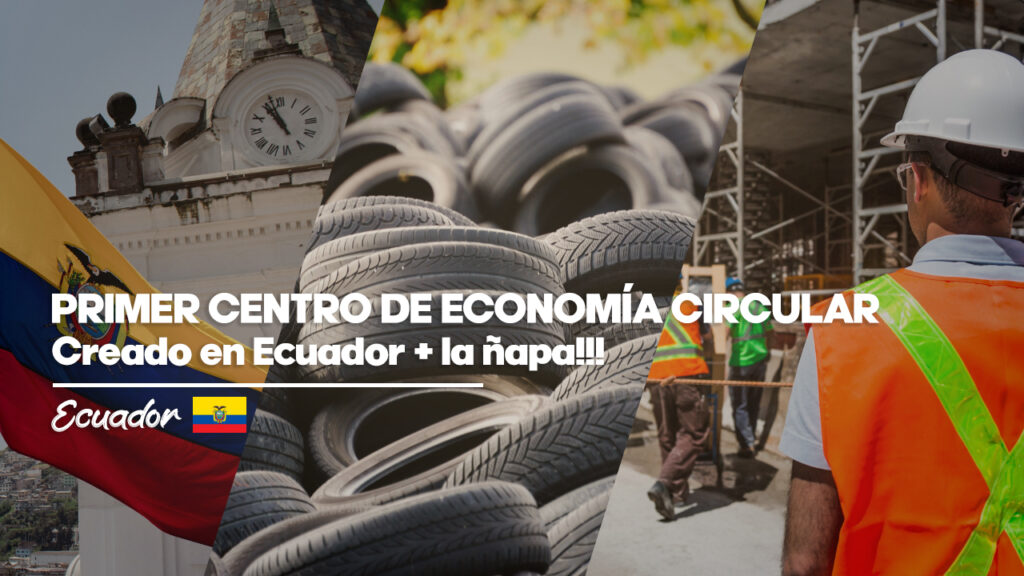Ecuador Steps into the Spotlight with Bold Moves Toward a Circular Economy
When we talk about countries taking real action to build viable models for a Circular Economy, Ecuador is starting to stand out—and it’s not by accident. Back in 2021, Sambito, a business holding company focused on sustainable ventures, went all in and sponsored the creation of the very first Circular Economy Center for Latin America.
So, what’s this Center all about? Its main mission is to help reduce the environmental impact of human activities and lead the way—both in Ecuador and the region—toward a more sustainable, circular future. The goal? To help companies shift into sustainable management models that don’t just look good on paper but actually work.
At the heart of the circular economy model are three powerful principles that guide businesses through this transition:
Design out waste and pollution
Keep products and materials in use
Regenerate natural systems
It’s not just theory. The Center pushes for real action—like promoting eco-design, responsible consumption, and smart waste management at the end of a product’s life cycle.
What makes this Center truly special is how it brings everyone to the table. We’re talking public and private sectors, academia, NGOs, and companies from across Ecuador. This collaborative approach not only multiplies the number of players in the circular economy game but also boosts the chances of syncing efforts and getting big things done.
But wait—there’s more. The Center also offers mentorship for entrepreneurs aiming to build sustainable business models. Their hands-on methodology includes:
Circularity diagnostics
Problem identification
Case studies
Project prototyping based on the product
Aligning and coordinating actions across all sectors
A trial-and-error phase to fine-tune the model
Full-scale execution of the proposal
Ecuador’s not just talking sustainability—it’s building it, testing it, and making it happen. And thanks to bold initiatives like this one, it might just become a regional powerhouse in circular innovation.
And There’s More! Ecuador Brings a Secret Weapon to the Table
But hey, we’re not done yet—there’s a bonus twist to Ecuador’s sustainability story. The country is part of a groundbreaking pilot program led by the United Nations Environment Programme, alongside Vietnam and Zimbabwe. What’s the mission? To slash greenhouse gas emissions in the construction sector by applying circular economy principles—specifically through the use of composite materials.
Here’s where it gets really cool: thanks to research and development led by Ecuador’s National Polytechnic School, scientists have created an innovative composite material by combining concrete with graphene extracted from recycled tires. Yeah, you read that right—tires! The result? A material that’s not only tough but also shows excellent mechanical performance compared to traditional concrete.
So how do we know it works? To test its impact on greenhouse gas emissions, researchers chose a model building and simulated its construction using both regular concrete and the new composite. Using specialized calculation tools designed for pilot projects, they found something exciting: this new material can reduce cement use by 50 kg per cubic meter of concrete. That translates to about 30 kg of CO₂ emissions saved per cubic meter.
Now imagine scaling that up to a city-wide level—yeah, we’re talking major environmental impact.
This project is a game-changer for the construction industry and a powerful example of how Latin American countries are stepping up. They’re not just following trends—they’re setting them, leading with innovation, and turning sustainability into real, viable business models that also protect the planet.
Now It’s Your Turn!
We’d love to hear from you! What kind of projects are happening in your country that aim to make a positive impact on the environment? Drop your thoughts in the comments and share the green innovation happening around you.


